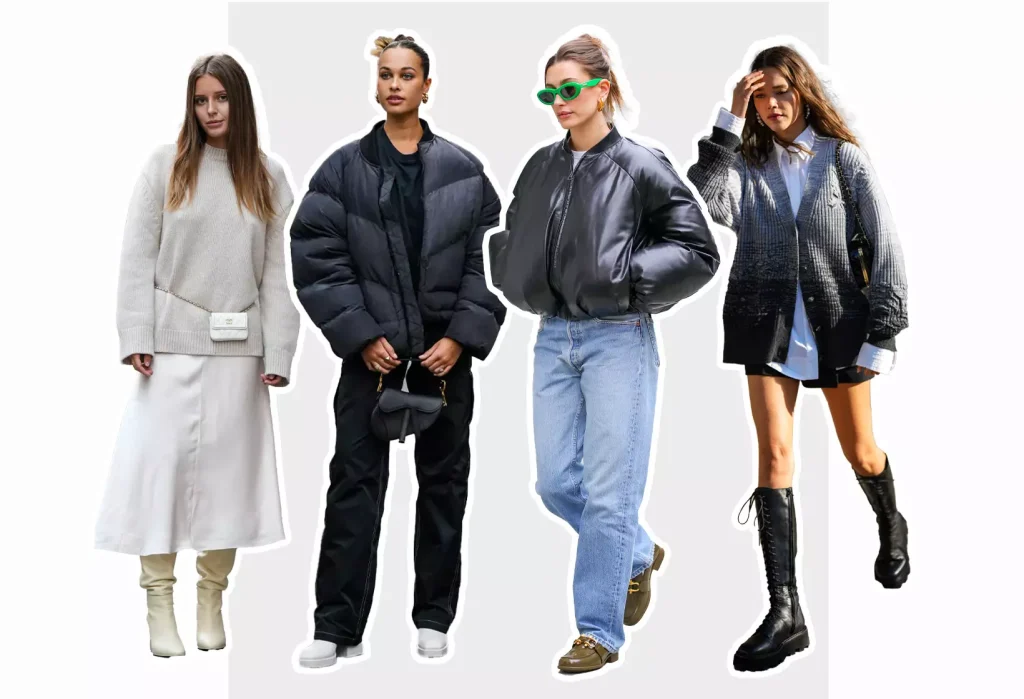Introduction:
Fashion is more than just clothing; it is a dynamic form of self-expression, a reflection of culture, and a powerful means of communication. As a vibrant and ever-evolving industry, fashion has the ability to shape and redefine the way we perceive ourselves and the world around us. From haute couture runways to street style, fashion is a multifaceted art that encapsulates creativity, trends, and individuality.
The Evolution of Fashion:
Throughout history, fashion has undergone transformative changes, adapting to societal shifts, cultural influences, and technological advancements. What was once a slow and cyclical process has now become a fast-paced, global phenomenon. Fashion trends emerge, evolve, and fade away at an unprecedented pace, fueled by the interconnected world of social media, influencers, and digital platforms.
Expression and Identity:
Fashion serves as a powerful tool for personal expression and identity. It allows individuals to communicate their personality, beliefs, and aspirations without uttering a single word. Whether it’s through bold colors, avant-garde silhouettes, or classic minimalism, fashion provides a canvas for people to showcase their uniqueness and individuality.
Trends and Influences:
Fashion trends, like waves, ebb and flow, influenced by a myriad of factors. Runway shows, fashion weeks, and design houses set the tone for what’s considered “in vogue.” Simultaneously, street style and subcultures contribute to the democratization of fashion, blurring the lines between high-end and everyday wear. Influencers and celebrities further amplify trends, turning fashion into a global conversation accessible to everyone.
Sustainability and Ethical Fashion:
In recent years, there has been a significant shift in the fashion industry towards sustainability and ethical practices. Consumers are becoming more conscious of the environmental and social impact of their fashion choices. Designers and brands are increasingly adopting eco-friendly materials, ethical production methods, and promoting a circular economy to reduce waste.
The Intersection of Fashion and Technology:
Technology has become an integral part of the fashion landscape, influencing design, manufacturing, and retail. Virtual fashion shows, augmented reality (AR) experiences, and digital fashion have become prominent, offering new avenues for creativity and consumer engagement. E-commerce has revolutionized the way people shop, providing instant access to a global array of styles and trends.
Conclusion:
Fashion is a living, breathing art form that transcends mere fabric and stitches. It encapsulates the spirit of the times, reflecting societal changes, individual expression, and cultural diversity. As we navigate the ever-evolving landscape of fashion, it’s essential to celebrate its transformative power while being mindful of its impact. Whether through pushing the boundaries of design, embracing sustainable practices, or fostering inclusivity, fashion continues to be a dynamic force that shapes our world and ourselves.

